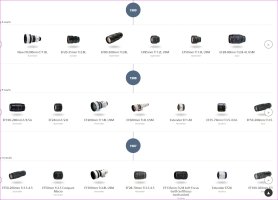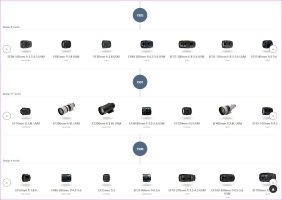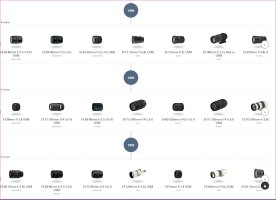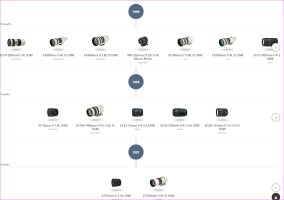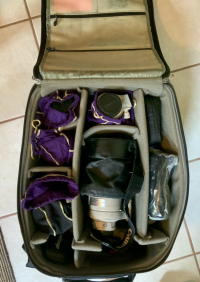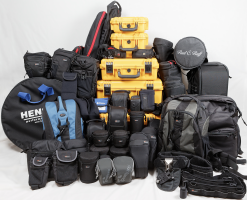My professional friends. It's not rocket science. It's not any poll. But maybe you like heavy, expensive lenses?

I really don't get why people persist in making unsupportable claims like, "Most of us professionals want/need/believe..." Of course, it's always fine to express your own opinion, and even share the opinions of people with whom you've discussed a matter. But the world is a very large place, and one person (or one small group) is almost certainly not representative of 'most of us'.
Now, 'most of my professional friends' as you later amended your statement is perfectly fine, as long as you clearly understand that you and your professional friends are irrelevant to Canon except as an insignificant part of their aggregate market.
I've said this before (more than a few times) – Canon is a global, multibillion dollar company and they have led the ILC market for nearly two decades. They conduct ample market research in a variety of channels – direct user surveys (I've received some), information collected via product registrations (that includes not only the lens purchased but other lenses and bodies owned, etc.), what CPS members around the world borrow at events or directly then what they eventually buy, and also most likely purchased market research from firms like RAM, GfK, NDC, etc.). Those data are used in their product planning decisions, so even though you don't understand their strategy, there can be no doubt that it's a well-informed strategy and history suggests it's likely to be a successful one.
I will only keep my EF70-200/2,8 L IS II. It's fantastic!

It is a fantastic lens, but I think it's a bit ironic that you are clamoring for lighter lenses and the RF version is 420 g (28%) lighter than the EF version, and much smaller making it easier to transport (takes up one 'slot' in a pro-size backpack by fitting vertically instead of needing two lens slots'):
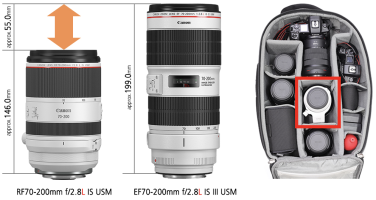
The RF version also delivers noticeably better image quality. Of course, the RF version is much more expensive, so I suspect that really means your desire is mostly for cheaper lenses.
Personally, I recently bought the RF 70-200/2.8 and sold my EF 70-200/2.8 II, and I am very pleased with the RF lens. Planning to replace my EF 24-70/2.8 II with the RF 24-70/2.8 IS sometime before my R3 arrives.

